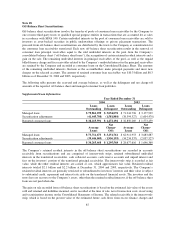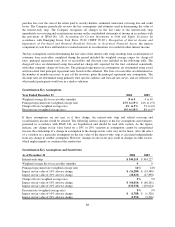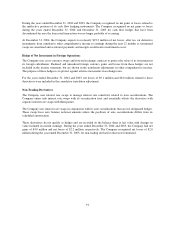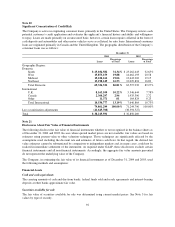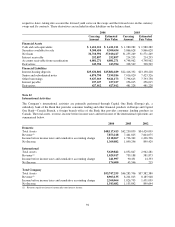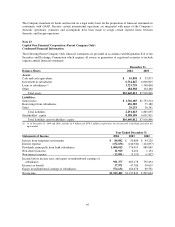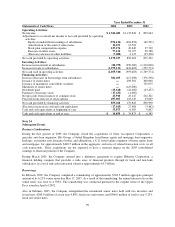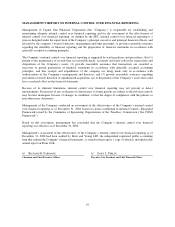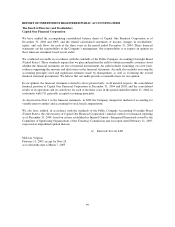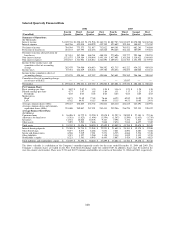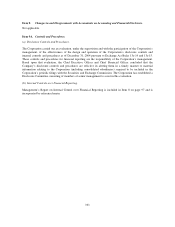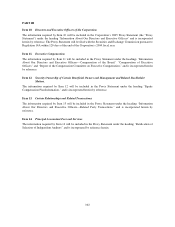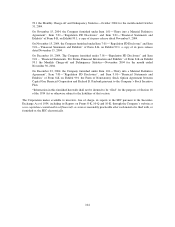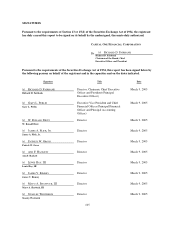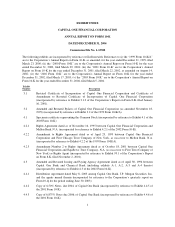Capital One 2004 Annual Report Download - page 120
Download and view the complete annual report
Please find page 120 of the 2004 Capital One annual report below. You can navigate through the pages in the report by either clicking on the pages listed below, or by using the keyword search tool below to find specific information within the annual report.
MANAGEMENT’S REPORT ON INTERNAL CONTROL OVER FINANCIAL REPORTING
Management of Capital One Financial Corporation (the “Company”) is responsible for establishing and
maintaining adequate internal control over financial reporting and for the assessment of the effectiveness of
internal control over financial reporting. As defined by the SEC, internal control over financial reporting is a
process designed under the supervision of the Company’s principal executive and principal financial officers, and
effected by the company’s board of directors, management and other personnel, to provide reasonable assurance
regarding the reliability of financial reporting and the preparation of financial statements in accordance with
generally accepted accounting principles.
The Company’s internal control over financial reporting is supported by written policies and procedures, that (1)
pertain to the maintenance of records that, in reasonable detail, accurately and fairly reflect the transactions and
dispositions of the Company’s assets; (2) provide reasonable assurance that transactions are recorded as
necessary to permit preparation of financial statements in accordance with generally accepted accounting
principles, and that receipts and expenditures of the company are being made only in accordance with
authorizations of the Company’s management and directors; and (3) provide reasonable assurance regarding
prevention or timely detection of unauthorized acquisition, use or disposition of the Company’s assets that could
have a material effect on the financial statements.
Because of its inherent limitations, internal control over financial reporting may not prevent or detect
misstatements. Projections of any evaluation of effectiveness to future periods are subject to the risk that controls
may become inadequate because of changes in conditions, or that the degree of compliance with the policies or
procedures may deteriorate.
Management of the Company conducted an assessment of the effectiveness of the Company’s internal control
over financial reporting as of December 31, 2004 based on criteria established in Internal Control—Integrated
Framework issued by the Committee of Sponsoring Organizations of the Treadway Commission (“the COSO
Framework”).
Based on this assessment, management has concluded that the Company’s internal control over financial
reporting was effective as of December 31, 2004.
Management’s assessment of the effectiveness of the Company’s internal control over financial reporting as of
December 31, 2004 had been audited by Ernst and Young LLP, the independent registered public accounting
firm that audited the Company’s financial statements, as stated in their report, a copy of which is included in this
annual report on Form 10-K.
/s/ R
ICHARD
D. F
AIRBANK
/s/ G
ARY
L. P
ERLIN
Chairman and Chief Executive Officer Executive Vice President and Chief Financial Officer
97


